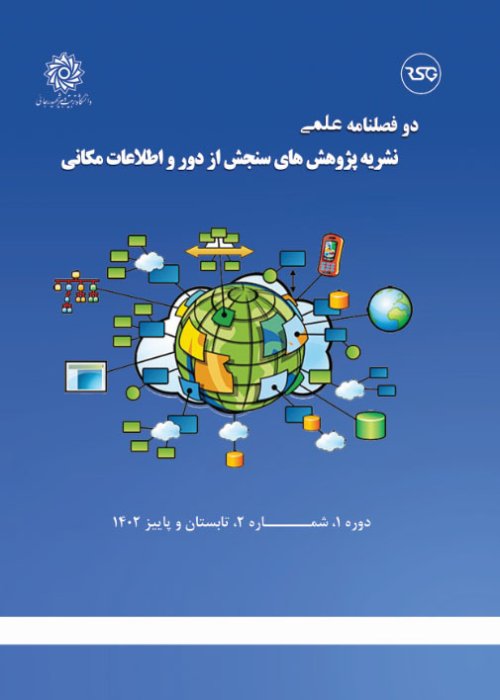Using Convolutional Long Short-Term Memory Model for Flood Prediction in Golestan Province, Iran
Every year, floods cause significant damages around the world. Timely and accurate prediction can significantly minimize the amount of human and financial losses after flood. In recent years, several machine learning models have been used to predict floods; So that their results indicate the better performance of these models compared to classical statistical models. However, these models do not take into account the spatial features that lead to the creation and strengthening of floods. Using convolutional long-short-term memory model (ConvLSTM), time series prediction is combined with spatial features and hydrological information. Therefore, a new model of combination of spatiotemporal prediction has been designed with the aim of extracting spatiotemporal features in order to solve the main challenge in flood prediction, which combine spatial data with time series hydrological data as much as possible.
In order to comprehensively analyze the spatiotemporal features of precipitation, we integrated the spatial features with time series analysis. For this purpose, the ConvLSTM model was used, whose inputs include longitude, latitude, altitude, precipitation, discharge and others gathered by ground stations. ConvLSTM is a time series processing model that extracts spatial features. To achieve spatiotemporal prediction, ConvLSTM was used as a basic block so that features can be extracted layer by designing a dense network, so that after mapping them, prediction can be performed. In the simulation stage, the batch size and the number of epochs were selected as 64 and 30, respectively. Also, a three-layer convolutional network with the number of kernels 1, 8 and 32 and the number of neurons 20, 40 and 80 in each layer was used.
By analyzing the results, it was found that the prediction accuracy gradually decreases with the increase of time. However, when the prediction time is 10 hours before the flood event, the prediction accuracy is lower than other times. The reason is that when the prediction time increases, the amount of accurate information will be less, which leads to less accuracy in learning the model and as a result, the prediction accuracy decreases. To solve this problem, the depth of the network should be increased, which increases the modeling time, which shows the importance of trade-off between the expected accuracy and processing time.
In conclusion, the ConvLSTM model is able to provide suitable prediction results, especially in short-term times, and this model is a suitable tool for time series prediction. Even though the ConvLSTM model achieved a remarkable performance for short-term prediction, there are still some limitations, including long-term flood prediction based on time series data. Moreover, the complexity and dependence of the ConvLSTM model on the number of training samples can be mentioned. Therefore, more accurate model requires the collection of more data in this model. Thus, in regions with limited number of samples, the accuracy of the prediction may be affected.
- حق عضویت دریافتی صرف حمایت از نشریات عضو و نگهداری، تکمیل و توسعه مگیران میشود.
- پرداخت حق اشتراک و دانلود مقالات اجازه بازنشر آن در سایر رسانههای چاپی و دیجیتال را به کاربر نمیدهد.


